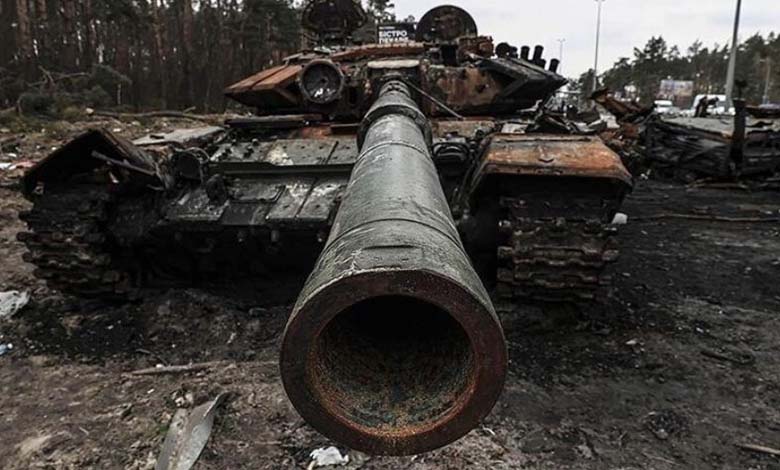Russia Destroyed Most of Them: How the Reign of the Abrams Tank Collapsed in Ukraine

Despite the widely recognized capabilities of the American M1 Abrams tank, the units delivered to Ukraine have faced serious setbacks against Russia’s advanced anti-armor systems.
-
Business Insider: Satellite Images Reveal 5 Secret Russian Nuclear Bases
-
Night drones flood Russian skies: Two killed in Lipetsk and Tula
According to a report by Military Watch, approximately 87 percent of the Abrams tanks sent to Ukraine have been either destroyed or captured since their deployment began last year. Out of the 31 tanks received by Kyiv, only four are reportedly still operational.
The United States and several NATO allies had pledged to strengthen Ukraine’s defense by delivering modern tanks, including the American Abrams, the German Leopard, and the British Challenger 2.
-
Russia Launches Largest Air Attack on Ukraine Since 2022
-
Night Drone War: Russia Intercepts 60 Ukrainian UAVs
While the Abrams series has long been considered one of the most reliable and technologically advanced main battle tanks (MBTs) in service, their performance in Ukraine has been underwhelming. A range of issues has contributed to this outcome: lack of adequate air and artillery support, limited maintenance expertise, insufficient trained personnel, and the delivery of older Abrams models lacking the latest upgrades.
Originally developed by General Dynamics during the Cold War, the Abrams was designed to counter the growing strength of the Soviet armored forces. Its hallmark is the British-developed Chobham composite armor, which offers superior protection against both kinetic and shaped-charge projectiles, with up to 60 centimeters of frontal armor—far more than the 10-centimeter plates used on earlier M60 tanks.
-
Why is Russia Building a New Ammunition Factory in Venezuela?
-
Russia Warns Against Using Tactical Nuclear Weapons to Strike Iran’s Fordo Facility
Among the Abrams’ notable features are its integrated vehicle communication system, GPS navigation, and the Trophy active protection system—one of the most effective defenses against guided missiles and anti-tank projectiles, significantly enhancing crew survivability.
Nonetheless, these features proved insufficient on the Ukrainian battlefield. The variants supplied were older, less equipped models that proved vulnerable to Russia’s evolving combat tactics. According to the magazine, most Abrams losses have resulted from precision artillery or loitering munitions (kamikaze drones).
-
Russia Responds to Spider Web Operation: Nine Ukrainian Regions Under Fire
-
Russia’s Summer of Fury: How Will Putin Respond to Spider Web?
In one confirmed incident, a U.S.-made Abrams was destroyed by a Russian T-72B3 tank during a direct confrontation near the town of Avdiivka. With their low cost and ease of deployment, Russian drones have become a preferred tool for targeting Ukrainian armor.
This development raises broader concerns about the practical effectiveness of Western armored platforms in modern high-intensity warfare, where drone technology, massed artillery, and asymmetric tactics can undermine even the most sophisticated battle equipment.












